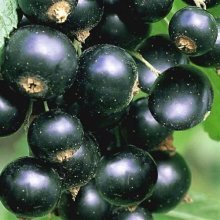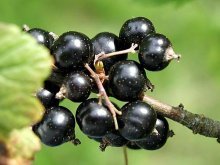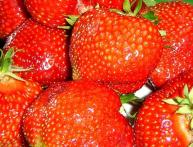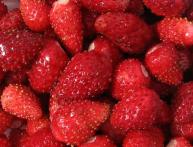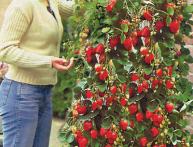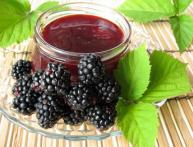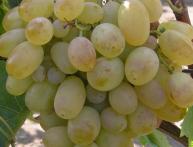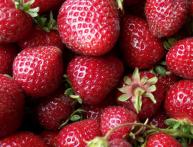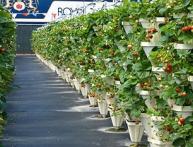Currant Titania: Swedish queen with Russian roots
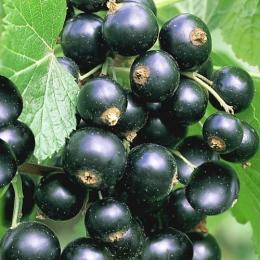
In Russia there is probably not a single garden, not a single private plot, where black currants do not grow. Since ancient times, it has been cultivated in monastery gardens as a universal remedy that saves from many diseases.
Thanks to selection, there are more than 200 registered varieties of this berry crop in the world. Titanium currant has enjoyed well-deserved fame and love among gardeners around the world for more than 40 years.
Content:
- Origin and adaptive capabilities
- Characteristics of the plant and the taste of the berries
- Planting and growing
Origin and adaptive capabilities
Country of origin chokeberry Titania - Sweden. Bred by pollinating the "Altai dessert" variety with the Swedish variety "Kajaanin Musta-Tamas". The variety was registered in 1970. It appeared in Russian horticultural farms around 1990-1995. In 1997 - 1999, the Scientific Research Institute in Bryansk tested the adaptive potential of 180 blackcurrant varieties of domestic and foreign selection.
During testing, Titania gave a yield of 80 centners per hectare, outperforming many varieties of Altai and Belarusian selection. In terms of vitamin C content (202 mg), it was inferior to the Minai Shmyrev variety (212 mg).
During winter thaws, many blackcurrant varieties come out of dormancy, which leads to the death of flower buds. Late spring frosts also have an adverse effect.However, when most of the studied varieties lost from 62 to 70% of flower buds in unfavorable weather conditions in 1999, the Titania variety lost no more than 25% and yielded a yield of 50 centners per hectare, the Mikhai Shmyrev variety - 81 centners per hectare.
In addition, unexpectedly for the testers, Titania turned out to be one of the most resistant to most diseases:
- anthracose
- powdery mildew
- white and brown spotting
Currently, Titania is used by breeders to obtain new varieties. For example, for a promising varieties of Polish selection Tisel, Titania was the base one.
Characteristics of the plant and the taste of the berries
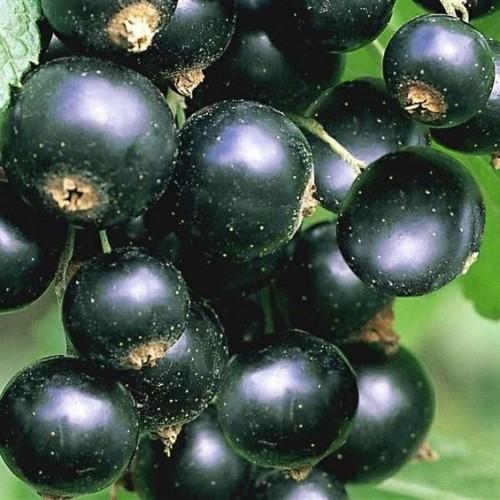
The Titania bush is formed by straight shoots up to one and a half meters high. The crown is dome-shaped, its diameter is 1.5 m. During the summer season, young shoots give good vegetative growth, which makes it possible to form a good bush in the second year of a seedling planted from a cutting.
The first ripened berries can be harvested in early July. Extended ripening makes it possible to harvest the crop in stages in three stages, which provides fresh berries for 20-25 days and may well eliminate the need to plant late currants, which is important for small gardens?
Long clusters can consist of 20-23 compactly arranged berries. The color when fully ripe is black, with a slight glossy sheen. The average weight of the berries is from 1.3 g to 4 g, their flesh is green, with a dessert, slightly winey taste. The sugar content is quite high - 6.6%, acid - 3.2%.
It perfectly tolerates machine assembly and transportation over long distances in fresh form, which makes it possible to grow Titania on an industrial scale.
Berries are used in:
- fresh
- frozen
- revised form
Plant and grow black currants Titania is available to every gardener.
Planting and growing
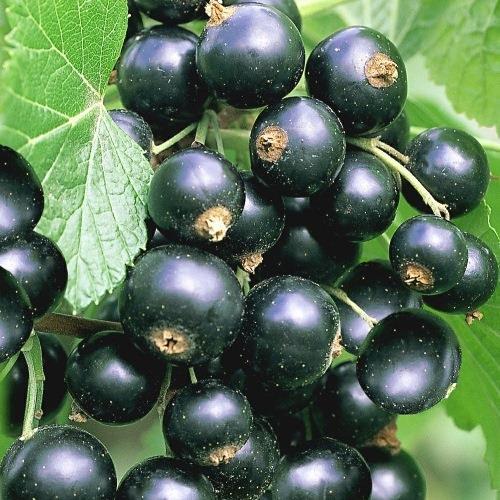
It is better to choose a place for black currants around the perimeter of the site. The area intended for this crop should be cleared of weeds and their roots in advance. Dig thoroughly and apply organic and mineral fertilizers.
Taking into account the growth of the crown of Titania bushes over 1.5 m, then dig planting holes at a distance of 1.8 -2 meters, the same distance should be between the rows. Planting bushes in a staggered pattern will make harvesting and movement between plants easier.
The size of the pit cannot be less than 0.4 m by 0.4 m; we pour ash and forest leaves into the bottom.Place the seedling in the hole at an angle to the ground. This position will allow the formation of additional roots faster and ensure good growth of the plant. It is advisable to direct the top to the south or southeast. We bury the root collar into the soil at least 5 cm. Regardless of the condition of the soil, we water the seedling.
For landing it is desirable choose seedlings with at least one long, well-developed shoot. After planting, we cut it by half, leaving at least 3-5 buds. This pruning causes increased growth of side shoots. You can plant currants both in autumn and in spring.
Considering that Titania begins to grow quite early in the spring, autumn planting is preferable. It has been experimentally proven that this variety can withstand frost down to -34 degrees, so the plant does not need additional shelter.
In spring, it is necessary to cut off the tops of the shoots, which will affect the appearance of branches and increase the yield. Treat with fungicides and feed with mineral and organic fertilizers.Titania easily tolerates hot, dry weather, but in case of prolonged drought, the plant must be watered. In damp, rainy summers, its berries may be more sour than usual.
Without replanting and reducing yield, Titania grows in one place for up to 15 years, but it is important to periodically remove old shoots. For bush renewal For young shoots, every year in the spring you need to dig in one side shoot, which will give new stems.
It is better to purchase varietal currants from trusted producers, in specialized fruit nurseries, then Titania will not let you down and will give a good harvest.
Harvesting Titania on video:
Interesting information about the vegetable garden

